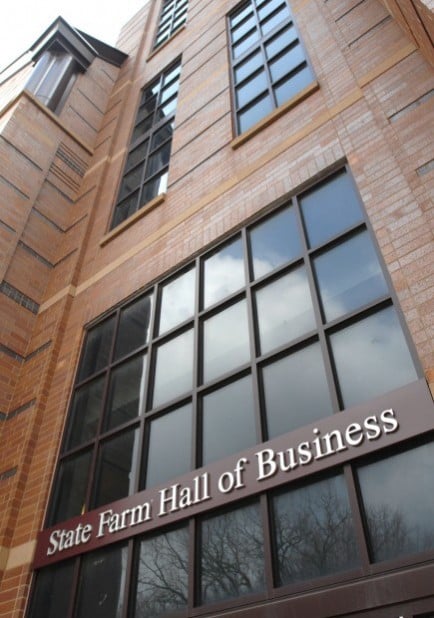
Stay or deport? In a Pew Research Center survey conducted in May, a solid majority (72%) of Americans – including 80% of Democrats, 76% of independents and 56% of Republicans – say undocumented immigrants currently living in the U.S. Here’s a breakdown of public opinion on some key immigration issues:

And in the past, nearly half of Republicans supported changing the Constitution to bar birthright citizenship, and a majority supported building a fence along the entire U.S. Yet most Republicans also worry that granting legal status to undocumented immigrants would amount to a tacit reward for illegal behavior. On the one hand, consistent majorities of Republicans favor providing a path to legal status for people in the U.S. Republicans have long been conflicted over U.S. illegally, but surveys in past years have found greater support for building a barrier along the Mexican border and for changing the Constitution to ban birthright citizenship. Others have called for a changing the constitutional amendment that guarantees birthright citizenship.Īmong the public overall, there is little support for an effort to deport all those in the U.S. and building a wall along the U.S.-Mexico border.

Illegal immigration has dominated the Republican presidential campaign, particularly after Donald Trump’s call for deporting all undocumented immigrants in the U.S. President Barack Obama set the stage in November when he announced new executive actions (now tied up in court) to prevent the deportation of millions of unauthorized immigrants, expanding 2012’s original program aimed mostly at providing relief to those brought to the United States as children. The debate over the future of the nation’s estimated 11.3 million unauthorized immigrants is on the political front burner once more. (Photo by Charles Ommanney/Reportage by Getty Images) But again, they - more.A gap in the fence near the U.S.-Mexico border overlooking Tijuana, Mexico, in 2014. There is zero chance of development or promotion. A job at any location other than those four is a dead-end job. If you have a job in a location not listed above, you know you'll to, at some point: transfer, retire, or wait for a settlement. Most jobs are being placed in their corporate location in Bloomington IL or one of their hubs Atlanta, Dallas, or Tempe. Instead of attempting to get to the root of the issue, they just schedule another food day in hopes that pushes the unresolved issue down the road. Employee satisfaction decreases every day. State Farm, like many companies now, have prioritize profits (mutual company so money stays with SF) over all else. Front line managers, TMs, do what they able to most of the time but their hands are tied too. When concerns are brought forward, they go no where SMs won't concern themselves with employee problems until they become a problem for the SMs. They hide in their offices all day long with an occasional visit to a stand up. Their replacements are always untrained and unchecked - bad employees are kept around with no punishment or changes. Their Columbia MO office continually loses extremely talented and qualified workers to other carriers and industries. Since, a reorganization that consistently shifts around work, a practice of ignoring their employees and always being understaff has opened the flood gates.

State Farm used to be a wonderful job, a place that few people wanted to leave. I suspect at some point the pendulum will swing more toward middle, but right now the expense driven focus makes for a poor work environment. But cutting expenses results in increased claims dollars given the poor quality claims handling. As a tenured employee I started when it was a family friendly customer centered company that has now evolved into an expense driven company to compete on price (premium dollars) to maintain market share. What was once a great organization has now evolved into an unsatisfying job where much of claims handling is now metric driven piece-meal type work. As a result, the employee is forced to sacrifice quality good claim handling for quantity making it an unfulfilling job. That is, the employee cannot possibly do the detailed quality work presented in the ongoing training to reach the quantity demanded by the metrics which really only measure quantity not quality.

quality with the appearance of quality through ongoing training, but no real application given the production number demands. Now production is simplified to quantity vs. The company has changed from a work/life balance quality/quantity organization of happy employees to a metric driven fast paced factory production type environment and stressed employees.


 0 kommentar(er)
0 kommentar(er)
